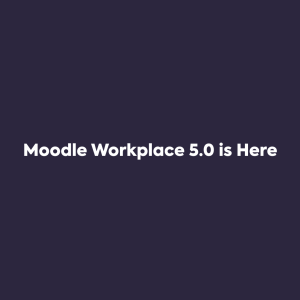Over the past 15 or 20 years, we’ve watched as the Internet has made the world a smaller place.
There’s no reason to have to wait days or weeks for information or correspondence. In fact – there’s no reason to have to wait minutes any longer.
The world wide web has provided us with the means to communicate and discover the information we need by just clicking a mouse, or tapping a screen. Learning has evolved alongside the growth of the Internet, too. Online learning is become less of an option, and more of an essential part of everyday school life.
But what happens when you or your school is looking to move to an online learning platform – and the best options are from overseas providers? Is that an issue? We’ve looked at four challenges faced by international schools when dealing with an overseas learning provider, and how best to get around these potential barriers.
On-boarding is a struggle, and the language barrier doesn’t make it easier
Adopting an online learning platform in your school or college, or even just moving from one online learning provider to another, is a big change.
It’s a bit like moving house – finding what you need is tough because things are in a different place, or you keep getting lost, or not everything is ready when you want it to be.
It’s made tougher still if the online learning provider is overseas – and particularly if there’s a language barrier.
Choosing a VLE that’s easy to use will make a massive difference. If the system is intuitive, and ‘does what you’d expect it to do’ there will be less of a struggle convincing staff and students to use it. Additionally, it means you’re less reliant on the provider to train and support you all the way through.
Speak with other schools in your area, see a few demonstrations, and check the testimonials of any learning platform provider you’re considering. Even a short demo should give you an idea of how easy a given VLE is to use.
The support might not be there when it’s needed
Of course, being overseas generally means a time difference, and a time difference means your working hours will not be exactly the same as those of your provider.
On top of that, online learning by its very nature means it’s accessible anywhere, at any time.
Make sure your provider can be there whenever you need them, to provide help and support, and fix any issues that may arise. It would also be beneficial if your provider is accessible via different communication channels – be that phone, email or chat. The last thing you want is for your VLE to hinder learning – so make sure the support is in place to prevent that from ever happening.
You’re finding it’s down to you to set the agenda
If you’re only at the design stage of your learning platform and you’re already chasing your new learning platform provider for designs, project dates or contracts, you know you’ve got a problem.
Ensure you chose a provider that appears to be proactive right from the word go. By that, we mean a provider who’ll come to you with suggestions for the design of your VLE, and who will look at the size and needs of your school and come back to you with a fantastic, bespoke solution – rather than you having to work out for yourself what you need.
Ask them how they see the learning platform developing over the coming years, and how a VLE in your school will transform learning. Ask about forthcoming developments and how their learning platform can keep on improving and supporting your students’ learning.
Choosing a proactive learning platform provider should pay off weeks, months, or years down the line, when they’re suggesting changes and updates to your VLE, and showing how developments in technology will benefit your school more and more.
The provider is not used to working with schools overseas, and don’t understand your needs
There’s always a first time for everything – but do you want to be the first school to be working with an overseas VLE provider?
Always go with a provider who has experience of working with international schools. They’ll already understand all of your needs and expectations, and may have a good idea of how other schools in your country are developing the provision of learning to students by going online.
Check out any case studies the provider has on their website, or a ‘recent work’ section. It’ll give you a good idea of whether they can work with schools in other countries or not. Also, simply getting in touch and chatting to them about your VLE requirements will give you an idea of whether they’re going to understand your school’s needs.
Above all, when choosing an overseas online learning platform provider, make sure you’re 100% confident that they can transform learning in your school. If, after discussing your needs with them and seeing a demonstration of their solution, you’re not convinced – look elsewhere!
Saying that, there is little reason why working with most overseas VLE providers shouldn’t run smoothly. With the system being online, they can make changes, offer guidance or repair problems instantly from their own location.
The Internet has made communicating and discovering the information you need an instantaneous experience – so don’t see working with an overseas online learning provider a challenge – see it as broadening your choices, scope and experiences!






